
Ioana Mihala
How can you make your home energy efficient, save money on bills, and help reduce your carbon footprint? Small changes to the insulation and design of your home, from simple DIY hacks to larger changes, can help you achieve just that.
In Europe, households account for over a quarter of the total energy consumption and produce a fifth of the total greenhouse emissions. Over half of the home energy is used for heating, so by insulating the walls, roof, floor, and windows, we can help keep outdoor temperatures from getting inside and comfortable indoor temperatures from leaking out. Proper insulation may reduce energy consumption by up to 70% and cuts down the costs for both heating and cooling.
First up, how does insulation work?
To understand insulation, one needs to understand heat movement, as there are different ways your house can lose (or gain) heat. First, there is conduction, where heat travels between two solid objects that are touching - e.g. the cold tiles in your bathroom or kitchen. Heat travels towards colder temperature, so if the flooring isn’t well isolated, the heat will travel into the ground below and get lost. Second, there is convection, the transfer of heat between liquids or gasses, like air. Air heats up, rises, and pushes the cooler air down for the process to repeat again. Good insulation will prevent the heat from escaping during this process through the roof and walls. Lastly, there is radiation, the travel of heat via infrared rays. Some reflective insulation materials can keep this heat inside as well.
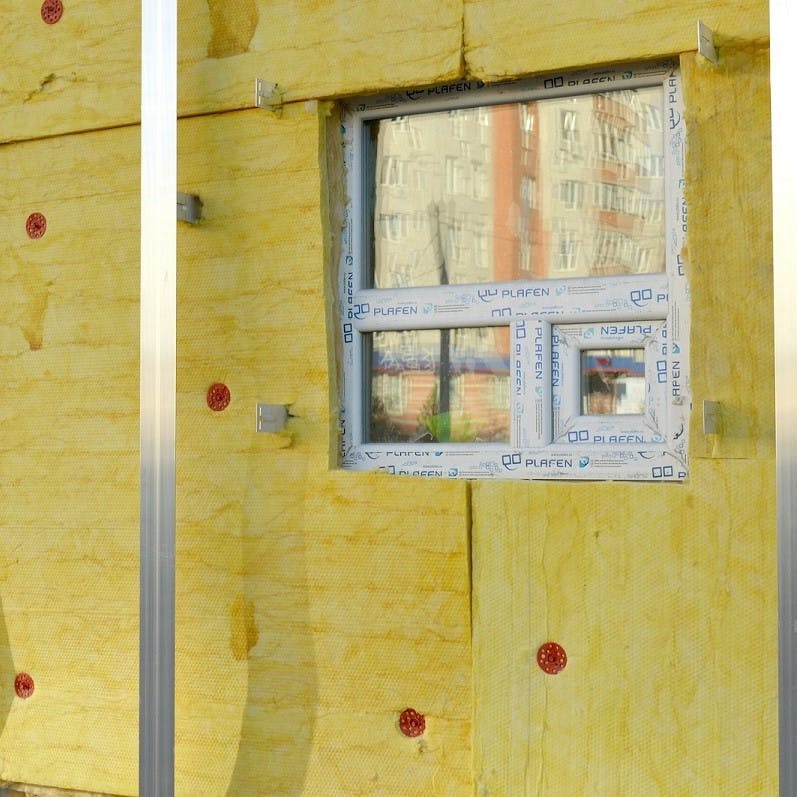
Draught-proofing your home
Draught-proofing is one of the cheapest and most effective ways to save energy. You can check for any gaps, especially around doors and windows, and seal them yourself. Two simple techniques to stop heat leaving your house are caulking and weatherstripping. Caulk is a flexible material used to seal air leaks through cracks, gaps, or joints less than 1-quarter-inch wide between stationary building components and materials. Weatherstripping is used to seal components that move such as doors and videos. Other easy hacks to avoid draughts include:
- a door snake is an object you place along the crack under your door;
- hanging heavy, thick curtains;
- installing window insulation film -a layer of cold-blocking plastic, which can be easily taped and fit on the glass with a hairdryer;
- adding foam board to glass patio doors you don’t use during winter months;
- putting insulation sleeves on water heater pipes, strips of fiberglass insulation that can be taped on the pipe;
- getting a fireplace plug. This is a balloon covered in laminate that can be inflated once it is inside the chimney;
- installing an attic stairway insulator, an insert made of foam or aluminium-coated fabric that you staple on the door to the attic.
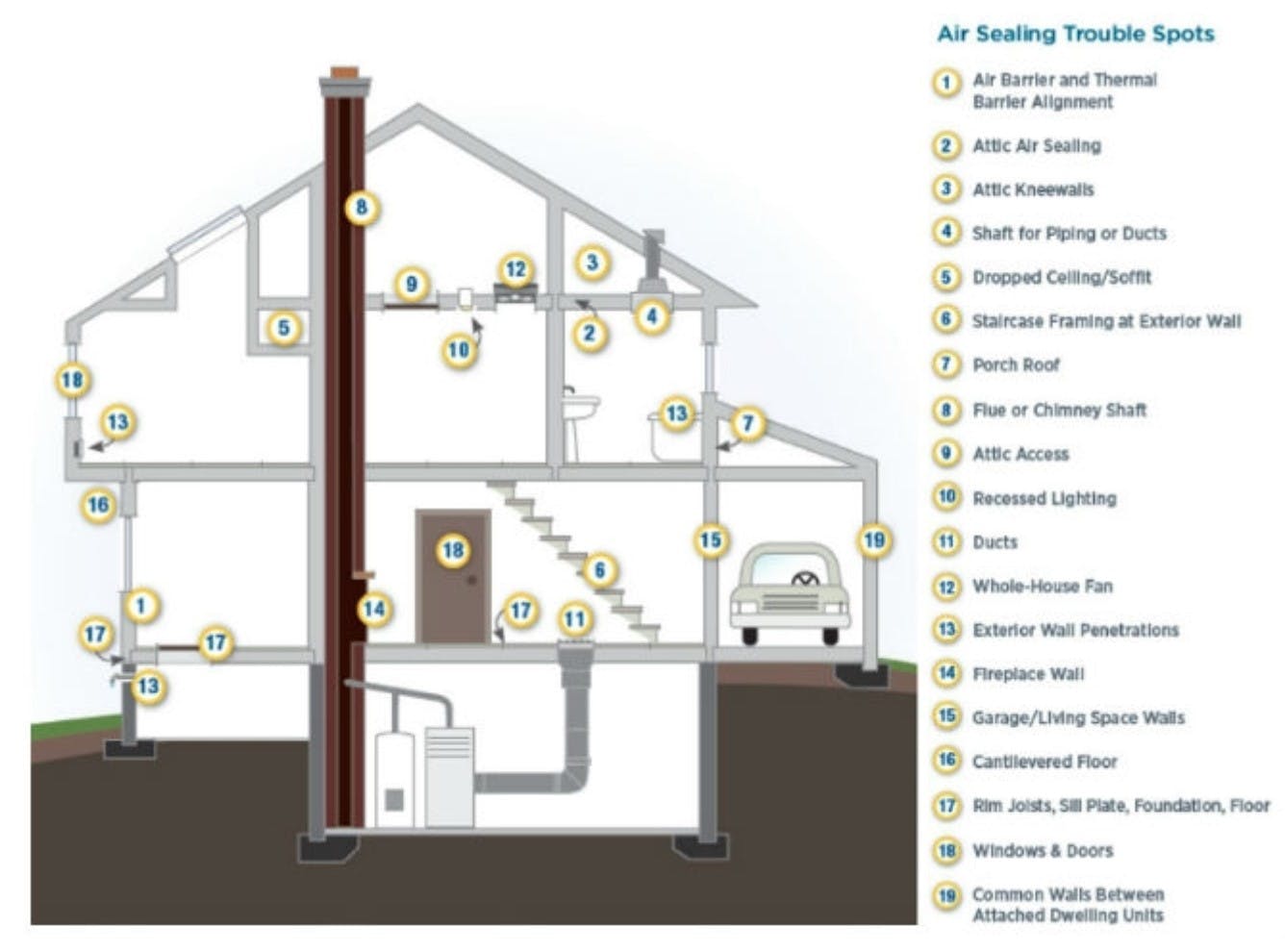

Take action now
Do you want to have a direct impact on climate change? Sir David Attenborough said the best thing we can do is to rewild the planet. So we run reforestation and rewilding programs across the globe to restore wild ecosystems and capture carbon.
Get involved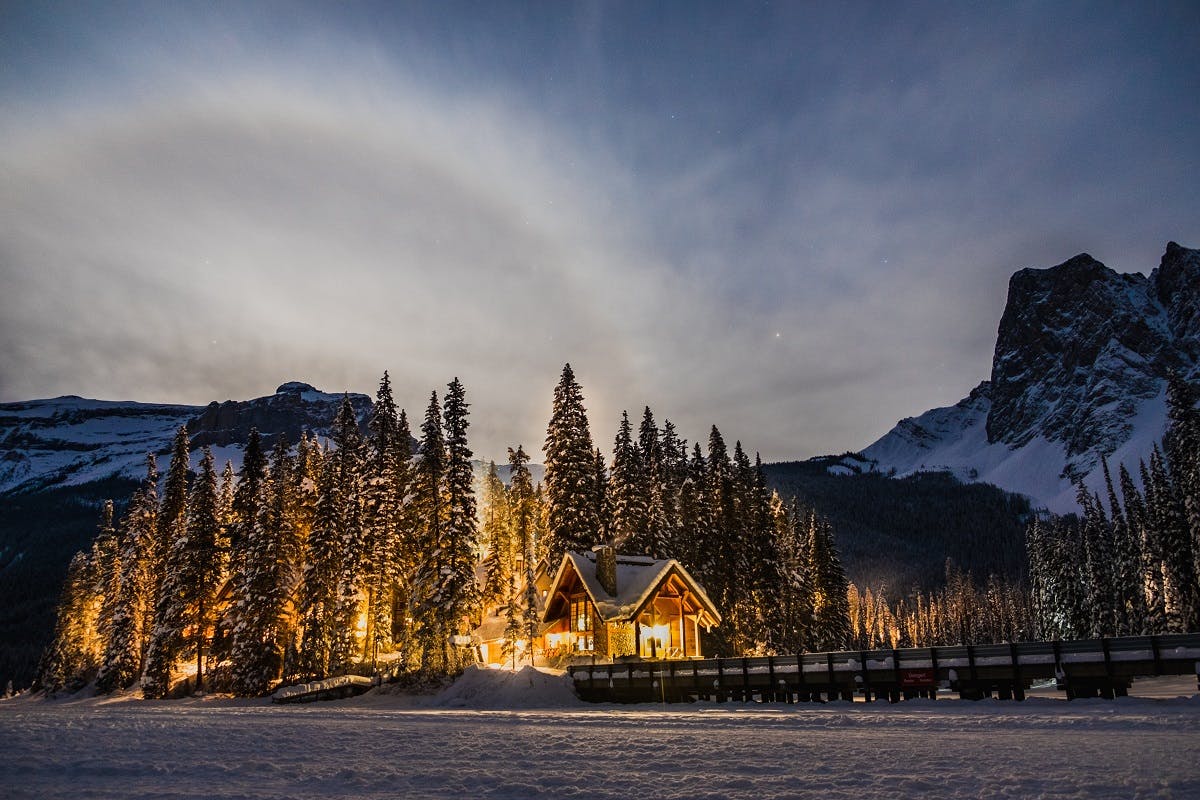
Types of home insulation
Insulation of the walls, roof and floors is a more complicated and costly process, it will however help you reduce your household carbon footprint immensely and your energy bills as well. If you enjoy a challenge and have time, you could do it yourself, otherwise, you will need to hire a professional. In some countries, you can even get money for making your home energy-efficient. In the UK, for example, you have the Green Homes Grant scheme, where you can get up to two-thirds of the costs of upgrading or even 100% for low-income households.
Here is a list of different types of home insulation to consider:
- Roof and loft insulation - around a quarter of a home's heat is lost through the roof if not adequately insulated. The recommended thickness of loft insulation is of at least 125 mm. If there are no damp or condensation problems it is possible to do it yourself, by laying rolls of mineral wool.
- Cavity wall insulation - about a third of the heat of an uninsulated house is lost through the walls, this is often the case in older houses. A cavity wall is made up of two walls with a gap in between, a cavity. If you have this at home, what you can do is inject insulation material into the cavity from the outside. For this, you will most likely need a specialist as you need special equipment.
- Solid wall insulation - solid walls are walls with no gap inside. You can insulate them internally or externally. Internal isolation is done by fitting rigid insulation boards to the wall or adding a stud wall filled with material. External wall insulation is done by fixing a layer of insulation material to the wall and covering it with a special type of render.
- Floor insulation - this type of insulation is only needed if you are on a ground floor or above unheated spaces such as garages. The first thing to do is to seal any gaps between floors and skirting boards with a tube of sealant. If you have a basement beneath your house, you could add insulation between the joists supporting the floorboards. If you don’t have access to a space underneath your house, the floorboards need to be lifted in order to add insulation material, therefore you might need help from a professional.
- Double or triple glazing - this is a more costly type of insulation as it involves replacing your windows. Double glazed windows have two sheets of glass with a gap in between, triple glazed windows have three sheets of glass.
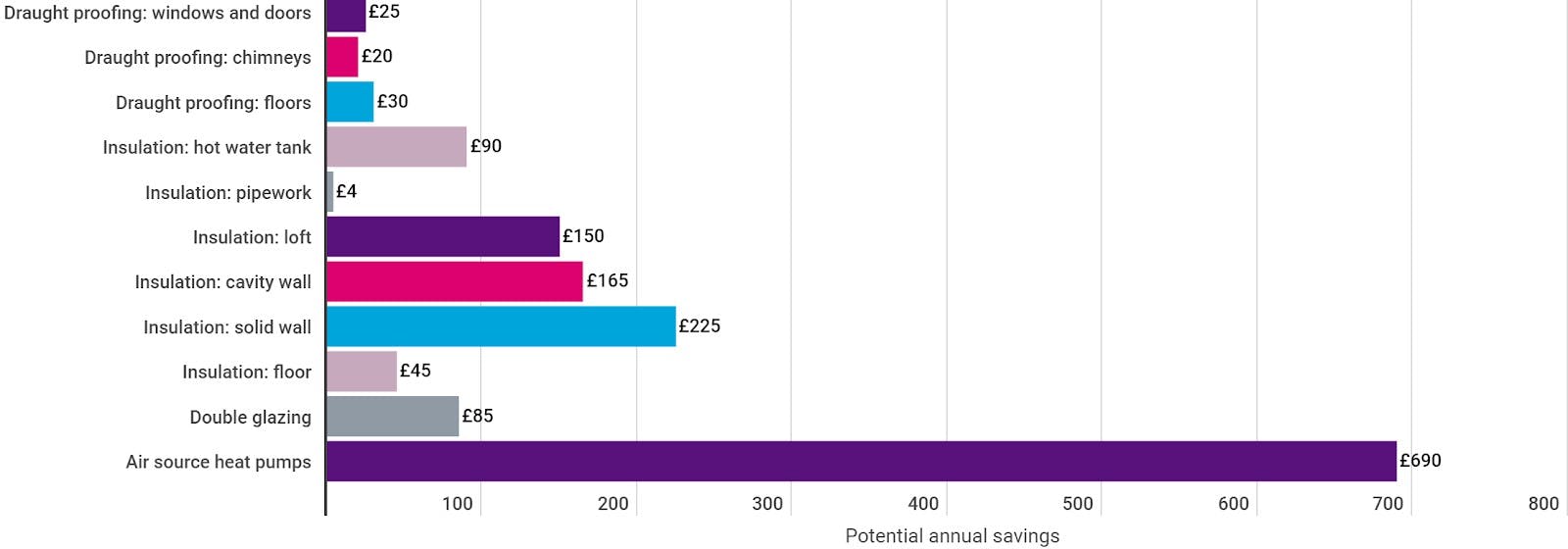
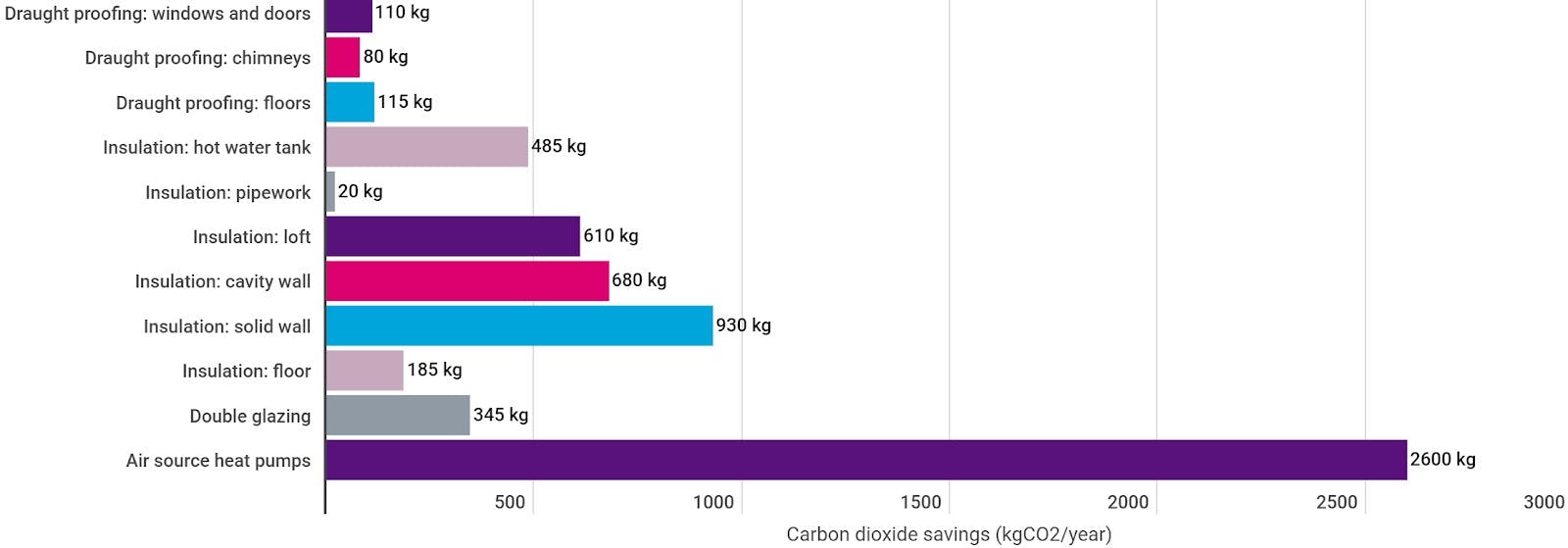
Home insulation materials
There are many materials that can be used for insulation and some are better for the environment than others. Here are some of the eco-friendly options available:
- Cellulose - insulation made from recycled newsprint and other paper.
- Sheep’s wool - is fire retardant and the compressed wool fibres form millions of tiny air pockets help to generate heat while preventing condensation.
- Cotton - scraps from old jeans scraps can be shredded and recycled into batts that fit into walls just like fiberglass. It is also a natural insect repellent and doesn’t cause any respiratory problems. It is however double the price of fiberglass;
- Icynene - a spray foam made out of castor oil that you can spray into a wall or ceiling;
- ThermaCork or rigid cork - this product is made from outer bark of trees, it is renewable, recyclable, and biodegradable;
- Polystyrene - even though it is a foam made from petrochemicals, it is sometimes considered green because of the enormous amount of energy it helps save.
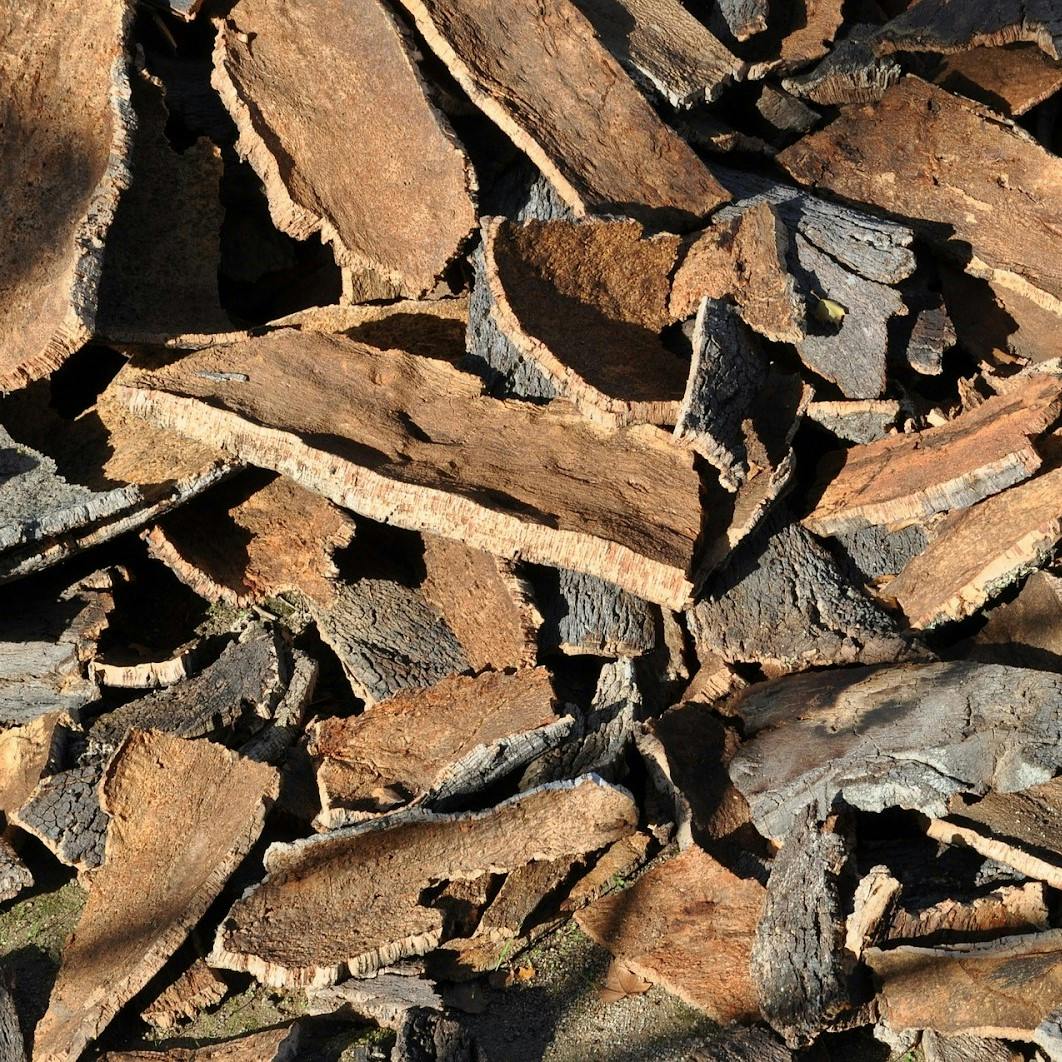
Guides to help you get started
- Details and guides on draught-proofing and insulation types: Energy Saving Trust (UK), Energy department (USA)
- How to draught-proof your house
- Buyer’s guide on green insulation
- For an overview of eco-friendly building designs and materials, including insulation, go to our Building an Eco Home guide.

Sources & further reading

- “Reverse fridges’ and insulated walls – how to make a house carbon neutral” - Horizon Magazine
- “The effect of insulation thickness on lifetime CO2 emissions” - IOP Science